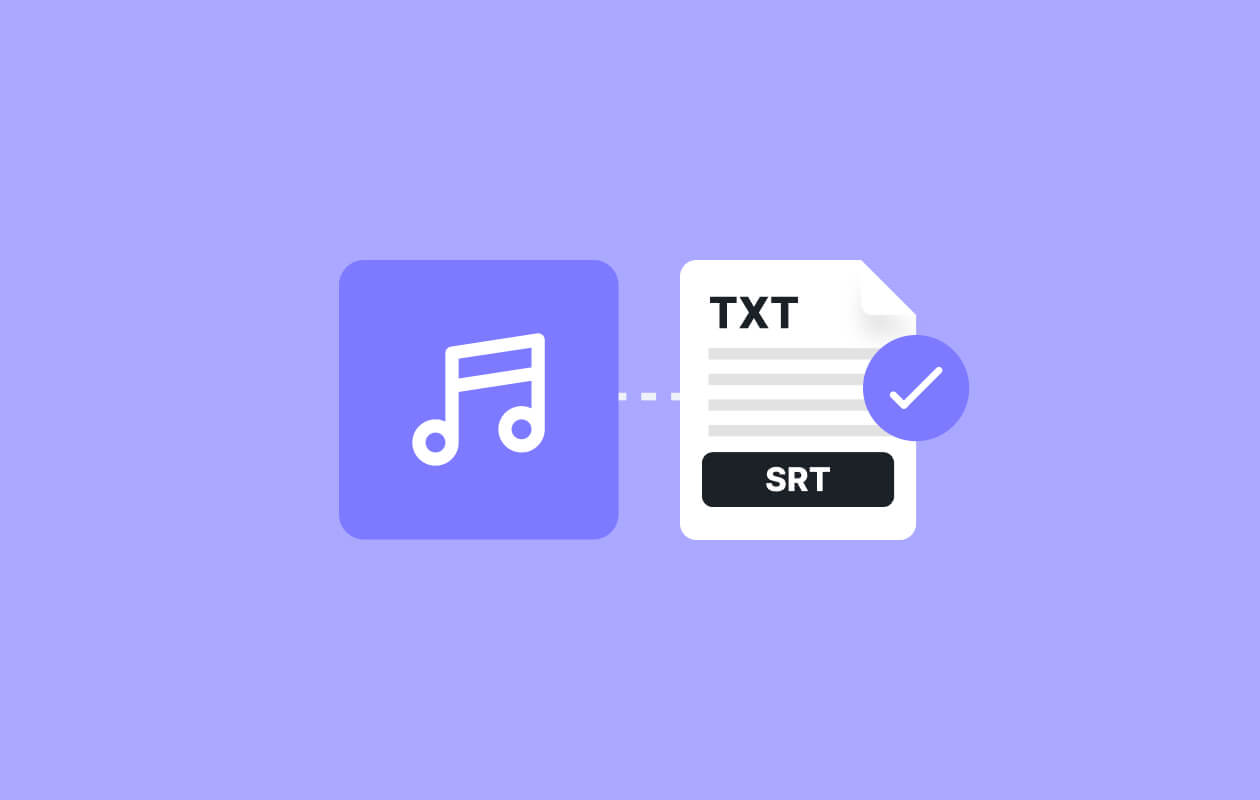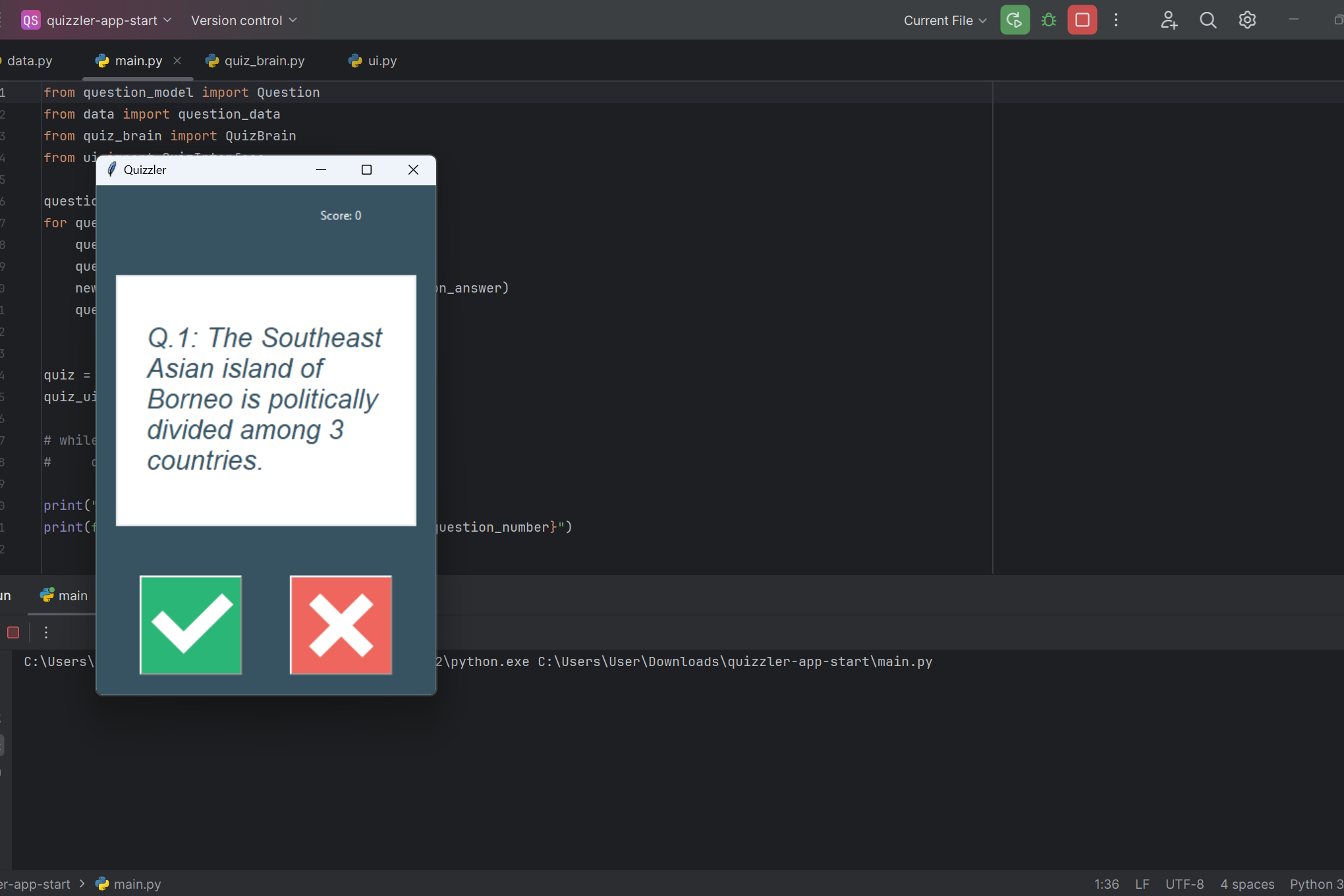Speech to Text (Transcription)

Transcribing Audio Files with Python and Google Cloud Speech-to-Text
Hey everyone,
I recently completed an exciting project that leverages Python to automate the transcription of audio files using Google Cloud’s Speech-to-Text API. This project allows you to split large audio files into smaller chunks, transcribe them efficiently, and even add automatic punctuation. It’s a great example of how technology can be used to streamline tasks like transcribing long interviews, podcasts, or recordings.
Here’s how I built this project and the key concepts involved.
Project Overview
The goal of this project is to take a large audio file, split it into smaller, manageable chunks, and transcribe the speech in each chunk using Google Cloud’s Speech-to-Text API. I used Python's pydub library for audio processing and google.cloud.speech for the transcription.
Key Features
Audio Splitting with PyDub: The pydub library allows us to break down long audio files into smaller, more manageable chunks. This is crucial when working with large files that exceed API size limits.
Speech-to-Text API: The Google Cloud API enables highly accurate speech transcription, complete with automatic punctuation. This makes the transcriptions cleaner and easier to read.
Step-by-Step Breakdown
Setting Up the Environment
First, I set up my environment to use the Google Cloud Speech-to-Text API. This requires downloading and setting up a service account key file, which is used for authenticating with Google Cloud.
Splitting the Audio File
I used the pydub library to load the audio file and split it into chunks. Each chunk is saved as a .wav file, which is the format required for Google Cloud’s API.
Transcribing the Audio Chunks
The main part of the project involves sending each audio chunk to the Google Cloud Speech-to-Text API for transcription. I also enabled automatic punctuation to ensure the transcriptions are more readable.
Python Skills Utilized
Audio Processing: The pydub library is used to manipulate and split audio files. This project demonstrates how to load audio, divide it into chunks, and export each chunk as a separate file.
API Integration: This project relies heavily on Google Cloud’s Speech-to-Text API. You’ll learn how to authenticate, configure audio properties, and handle API requests.
Handling Large Files: Breaking down large audio files into smaller segments is critical when working with API limits and performance constraints.
Environment Variables: Sensitive data, like API keys, is stored securely using dotenv, preventing accidental exposure of sensitive information.
Real-World Use Cases
This project has multiple practical applications:
Transcribing interviews for journalism or content creation.
Automating podcast transcriptions to generate show notes or captions.
Transcribing meeting recordings, making it easier to search and organize information.
Enhancing accessibility by providing written versions of audio content.
Conclusion
This project showcases the power of combining Python, audio processing, and cloud services to solve real-world problems. Whether you’re working with lengthy interviews, podcasts, or meetings, this tool can save you countless hours of manual transcription.
If you’re interested in the full code or want to explore it in detail, this is the link to the GitHub Repository here.
Stay tuned for more Python projects coming soon!
Here is a video explaining the entire process.
Category: projects
821
7


















Comments
Very cool!
GavinThank you!
Ruth Selorme